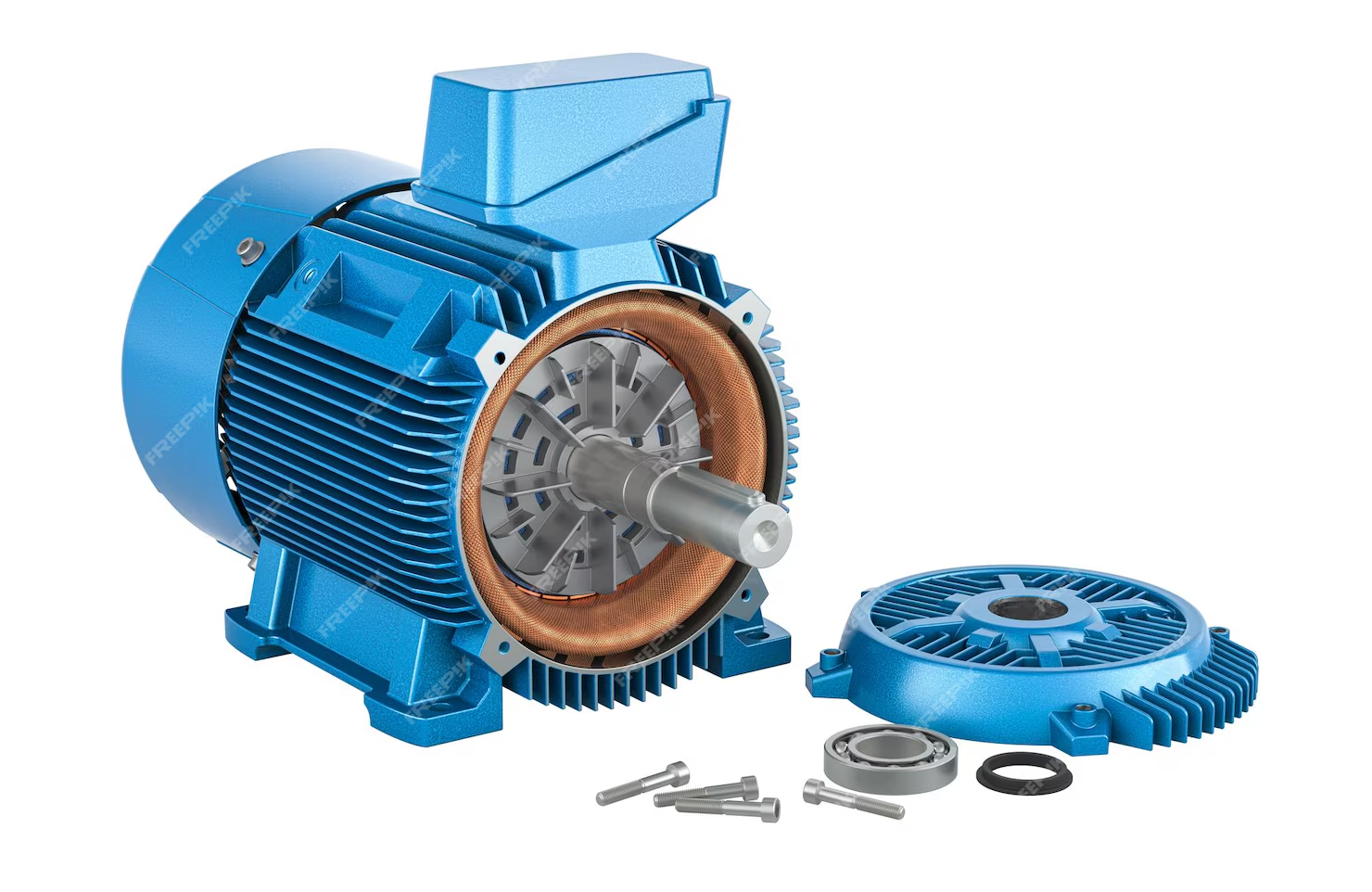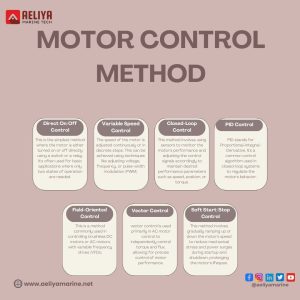What is a Motor?
A motor is something that transforms electric energy into mechanical energy. Basically, it’s electricity that makes things move so machines can perform their tasks. Motors are essentially a part of daily life in the form of cars, fans, refrigerators, washing machines, and your smartphone’s vibrating mechanism.
How Does a Motor Work?
The fundamental operation of a motor is based on electromagnetism. If an electric current passes through a wire within a magnetic field, it creates force, producing motion. This phenomenon is called electromagnetic induction.
Simplifying, let’s take an example of a fan motor:
- Electricity enters the motor.
- The current creates a magnetic field inside the motor’s coils.
- The reaction between the created magnetic field and the pre-existing magnets within the motor results in the rotor (moving element) rotating.
- This rotation makes the fan blades rotate, which generates airflow.
Types of Motors
1. DC Motors (Direct Current Motors)
DC motors use direct current (DC) electricity. They are used in battery-operated devices and electronic appliances.
Brushed DC Motors – Employ brushes and a commutator to reverse current direction. Used in toys and power tools.
Brushless DC Motors (BLDC) – Efficient and long-lasting as they remove brushes. Used in drones, electric cars, and computer fan coolers.
2. AC Motors (Alternating Current Motors)
AC motors operate with alternating current (AC) from residential electrical outlets.
Induction Motors – The most widely used motor type in refrigerators, washing machines, and industrial appliances. They induce motion through a magnetic field without electrical contact.
Synchronous Motors – Run at constant speed and are applied in clocks and precision devices.
3. Stepper Motors
Stepper motors travel in small, accurate steps instead of continuous rotation. They are used extensively in 3D printers, CNC machines, and robotic arms where precision is important.
4. Servo Motors
Servo motors offer accurate control of angular position and are thus used extensively in robotics, automation, and remote-controlled cars.
Applications of Motors
Motors are used in nearly every part of daily life and industry. Some of the common applications include:
Home Appliances – Refrigerators, fans, washing machines, vacuum cleaners.
Automobiles – Motors for electric cars, power window motors, windshield wipers.
Industrial Machinery – Robotic arms, conveyor belts, pumps.
Medical Equipment – Prosthetic limbs, surgical instruments, MRI machines.
Aerospace & Defense – Radar systems, rovers for space exploration, drones.
Selecting the Correct Motor
The choice of the motor depends on different factors:
Power Requirement – More power for industrial machines, less power for household appliances.
Speed & Torque – Heavy loads require more torque motors.
Precision & Control – For precise movement, stepper and servo motors are the best.
Energy Efficiency – Brushless motors are more efficient and longer lasting.
Future of Motors
As electric cars and automation increase, motors are changing very fast. Advancements in materials, batteries, and artificial intelligence-controlled systems are optimizing motors for greater efficiency and smartness. Renewable energy adoption is also leading to the increased need for efficient motors in solar trackers and wind turbines.

